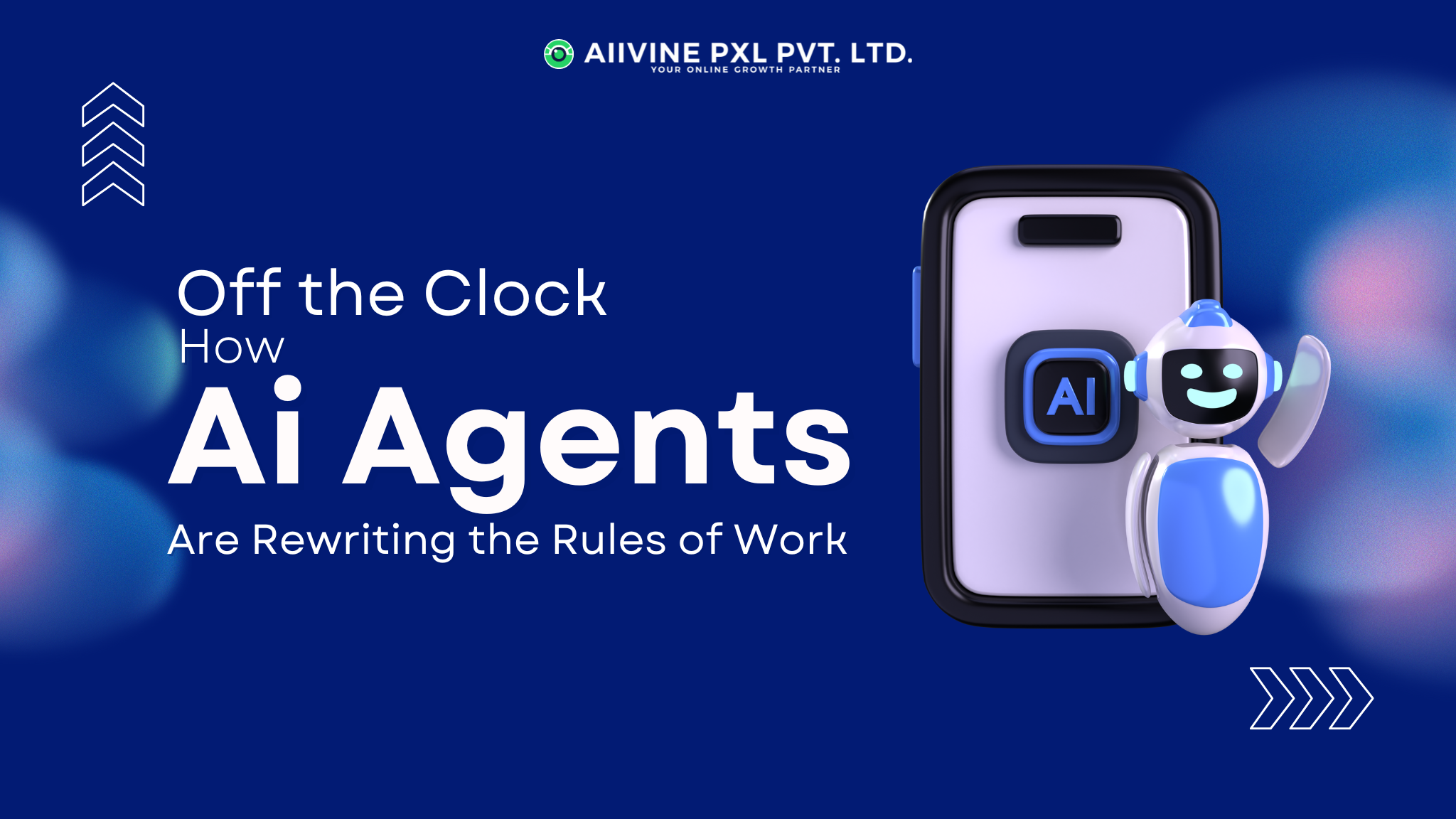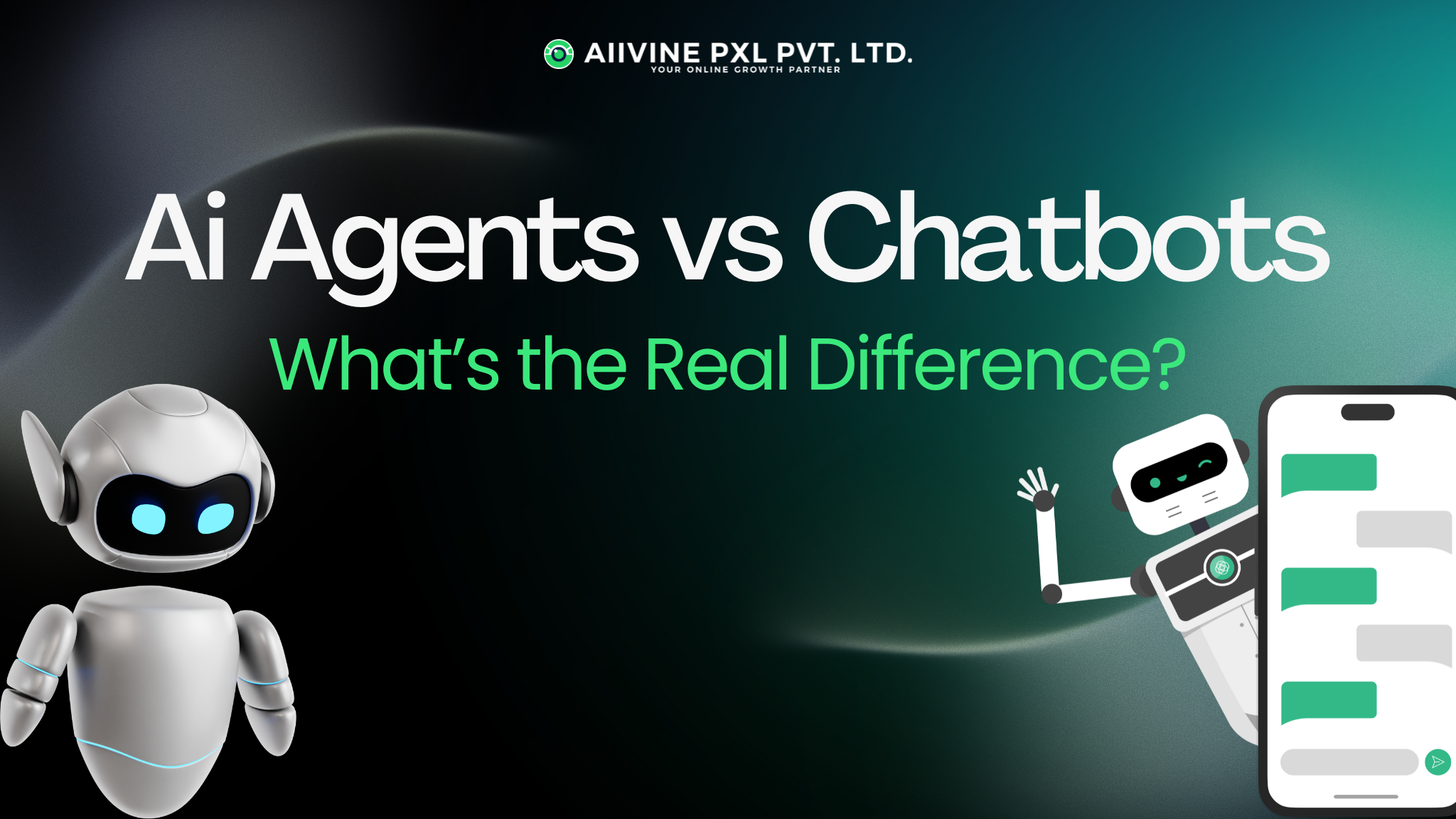Building a Strong Brand Identity Online: A Step-by-Step Guide
In today’s fast-paced digital world, your brand identity is more than just a logo or color scheme—it’s the story your audience remembers and the emotion they feel when they think about your business. Whether you’re a startup or an established company, building a strong brand identity online can transform your business from “just another name” to a trusted, loved, and recognizable brand.
This guide walks you through a practical, story-driven process for building a digital brand that shines through every click, post, and ad campaign.
Step 1: Start with the “Why” — Your Brand Story
Every successful brand begins with a story — not a marketing plan. Think about why your business exists.
Let’s imagine a small digital marketing agency called BrightBridge Media. When they first started, they weren’t selling “marketing services”; they were helping small business owners find their voice online. Their “why” was to empower local entrepreneurs to compete with big brands
👉 Your Takeaway:
Ask yourself these three questions:
- Why did you start your business?
- What problem are you solving?
- What do you want your audience to feel when they think of your brand?
When you define your why, it becomes the foundation of your brand identity.
Step 2: Know Your Audience — Speak Their Language
A brand without a clearly defined audience is like shouting in an empty room. The key is to know who you’re talking to and how they think.
BrightBridge Media realized that most of their clients were small business owners who didn’t understand technical jargon. So, they began simplifying their messaging—talking about results, not algorithms.
👉 Pro Tip:
Use tools like Facebook Audience Insights, Google Analytics, and SEO keyword research to understand your target audience’s demographics, interests, and online behavior.
When your brand language matches your audience’s mindset, connection becomes effortless.
Step 3: Design Matters — Build a Visual Identity
Your visuals are the first thing people notice, long before they read your words.
Colors, fonts, and logos are not just design choices—they are communication tools. For instance, blue conveys trust (used by Facebook and PayPal), while red evokes excitement (think Coca-Cola).
👉 Checklist for Strong Visual Identity:
- Logo: Simple, memorable, and scalable.
- Color Palette: 2-3 main colors that align with your brand personality.
- Typography: Consistent fonts for all your materials.
- Design Consistency: Keep your website, social media, and ad creatives aligned.
This visual harmony creates brand recall—a powerful psychological trigger in digital marketing.
Step 4: Create Content that Builds Trust
Content is the soul of your brand identity. It’s not just about posting frequently—it’s about creating meaningful stories.
Think of content as a bridge between your brand and your audience’s emotions. BrightBridge Media used storytelling videos, customer testimonials, and behind-the-scenes reels on Instagram and Facebook Ads to make their brand feel human.
👉 Content Types to Build Brand Trust:
- Educational blogs (SEO-optimized for visibility)
- Social media stories and reels
- Customer testimonials
- Case studies
- Email newsletters with value, not just offers
SEO tip:
Use target keywords like digital marketing, Facebook ads, and SEO strategies naturally in your content to improve organic visibility and attract relevant traffic.
Step 5: Master the Art of Consistency
Brand identity thrives on consistency. Your logo, colors, messaging tone, and content format should feel unified across all platforms.
Think about Apple or Nike. Every post, product, and ad looks unmistakably them.
👉 How to Stay Consistent:
- Create a Brand Style Guide with color codes, fonts, and tone of voice.
- Schedule posts using tools like Meta Business Suite or Buffer.
- Reuse design templates to maintain brand familiarity.
When people see your Facebook ad, visit your website, or read your email, it should all feel like part of one big story.
Step 6: Leverage Facebook Ads for Brand Growth
Facebook Ads aren’t just for sales—they’re powerful tools for storytelling and brand awareness.
BrightBridge Media ran a simple Facebook ad campaign:
🎯 Objective: Brand Awareness
📸 Creative: Short video of their team working on client projects
💬 Primary Text: “We help small businesses shine online. Ready to grow?”
The result? Higher engagement, more followers, and stronger recall.
👉 Pro Tip:
Run Reach and Engagement campaigns before launching Conversion ads. This warms up your audience, making them more likely to trust and buy from your brand.
Try these ad formats:
- Video ads (for emotional storytelling)
- Carousel ads (for showcasing products or services)
- Lead ads (for collecting email subscribers)
Step 7: Optimize Your Brand for Search (SEO)
What’s the point of building a beautiful brand if no one can find it?
SEO helps your brand appear in front of the right audience organically. From blog articles to YouTube videos, every piece of content should be optimized for visibility.
👉 SEO Essentials for Strong Brand Presence:
- Use relevant keywords in titles, meta descriptions, and URLs.
- Build backlinks through guest blogging and collaborations.
- Maintain a blog section that educates your audience.
- Optimize your Google Business Profile for local visibility.
A well-optimized website creates long-term brand credibility—something paid ads alone can’t buy.
Step 8: Engage, Listen, and Evolve
Branding doesn’t end once your logo is designed or your ads are live. It’s a continuous relationship with your audience.
Reply to comments, ask for feedback, run polls, and listen actively.
When customers feel heard, your brand turns from a business into a community.
BrightBridge Media grew faster not because of flashy ads but because of their genuine online interactions. They turned customers into fans—and fans into brand ambassadors.
Conclusion: Your Brand is a Promise
A strong online brand identity isn’t built overnight. It’s a journey—a combination of passion, storytelling, design, and digital strategy.
Whether you’re running Facebook ads, optimizing SEO, or creating content, remember: every action communicates who you are and what you stand for.
Your brand isn’t your product. It’s the promise you make—and keep—every single day.
.png)
.png)


